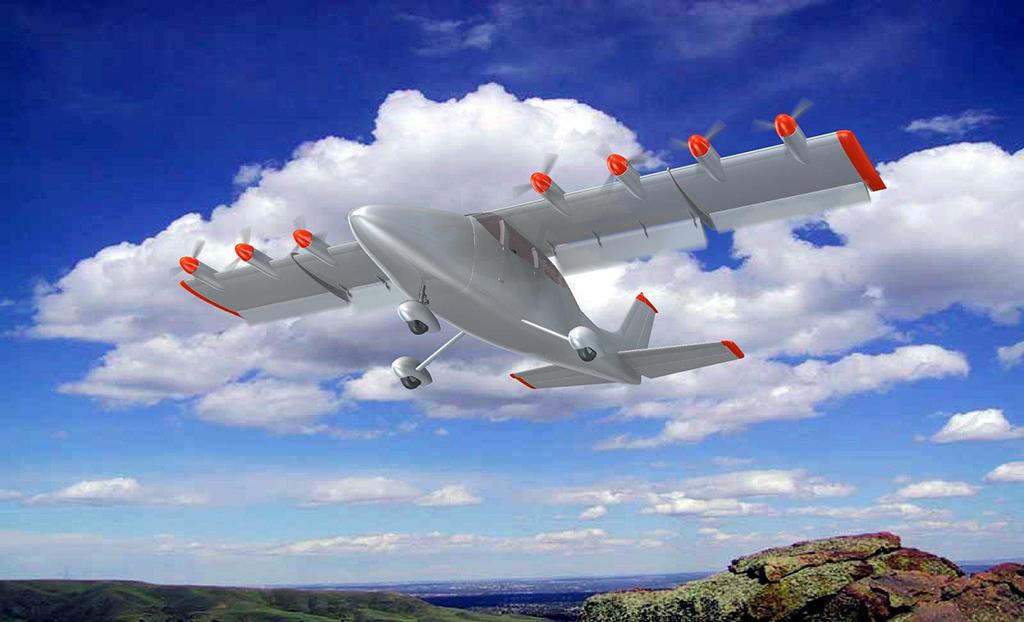
Airflow
U.S. startup Airflow is developing an electric short-takeoff-and-landing cargo aircraft for the express logistics market, aiming to begin production in 2025. The first step is to modify a high-wing Cessna 210 with distributed electric propulsion to demonstrate operation into and out of very short runways.
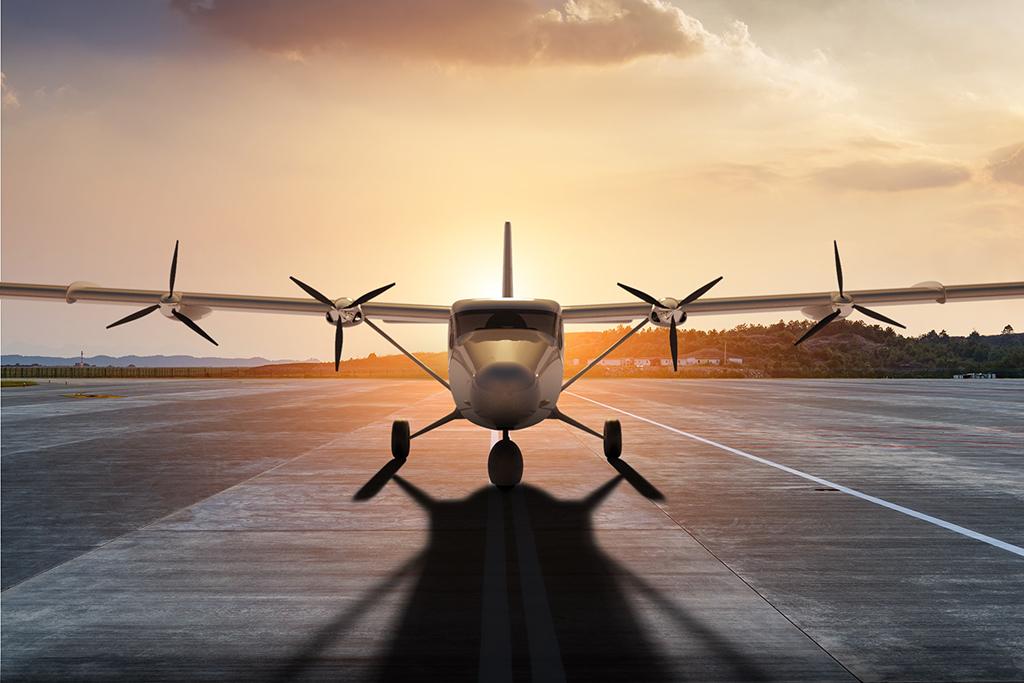
Ampaire Eco Otter SX
Hybrid-electric propulsion startup Ampaire is developing the Eco Otter SX, a conversion of the de Havilland Canada DHC-6 Twin Otter. As a first step, the company is flight-testing the Electric EEL, a Cessna 337 Skymaster modified into a hybrid-electric propulsion demonstrator.
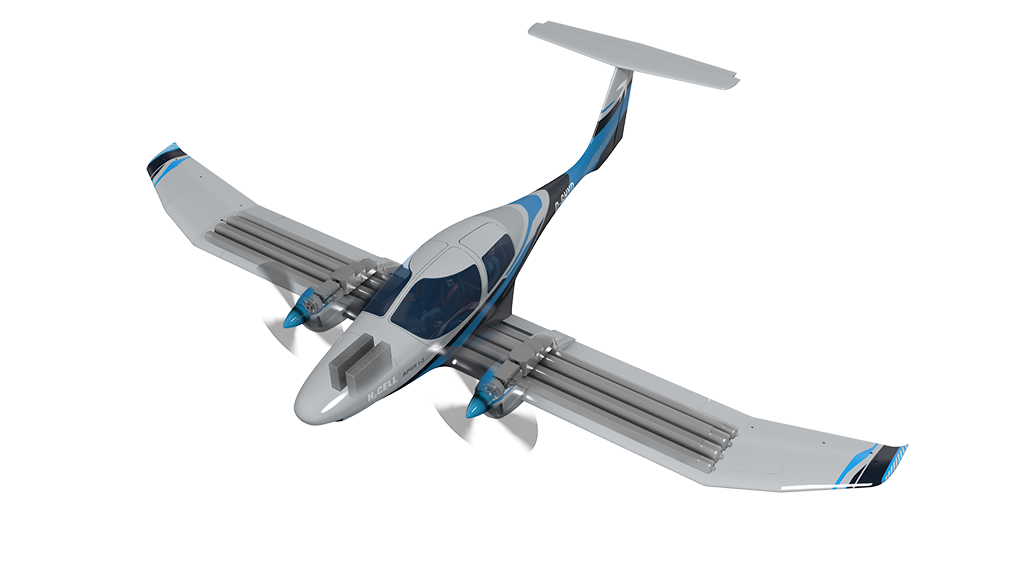
APUS i-2
German aviation engineering company APUS Group is developing the i-2, a hydrogen fuel-cell-powered four-seater. First flight is planned for 2023. The aircraft will have two fuel cells in the nose, driving two wing-mounted electric motors boosted by high-voltage batteries also housed in the nacelles. Pressurized gaseous hydrogen will be stored in tubes integrated into the wing.

Aura Aero Integral E
French startup Aura Aero is developing the Integral E, an electric-powered version of its Integral R two-seat aerobatic aircraft. First flight is planned for 2022. The Toulouse-based manufacturer is also planning to develop the 19-seat Electric Regional aircraft, aiming for service entry in 2026.

Bye Aerospace eFlyer 800
Bye Aerospace has launched development of the eFlyer 800, a seven-seat all-electric competitor for the Beechcraft King Air 260. Deliveries of the 320-kt, 500-nm aircraft are planned to begin by 2026. Bye is already developing the eFlyer 2 two-seat electric trainer and planning the eFlyer 4 four-seat tourer.
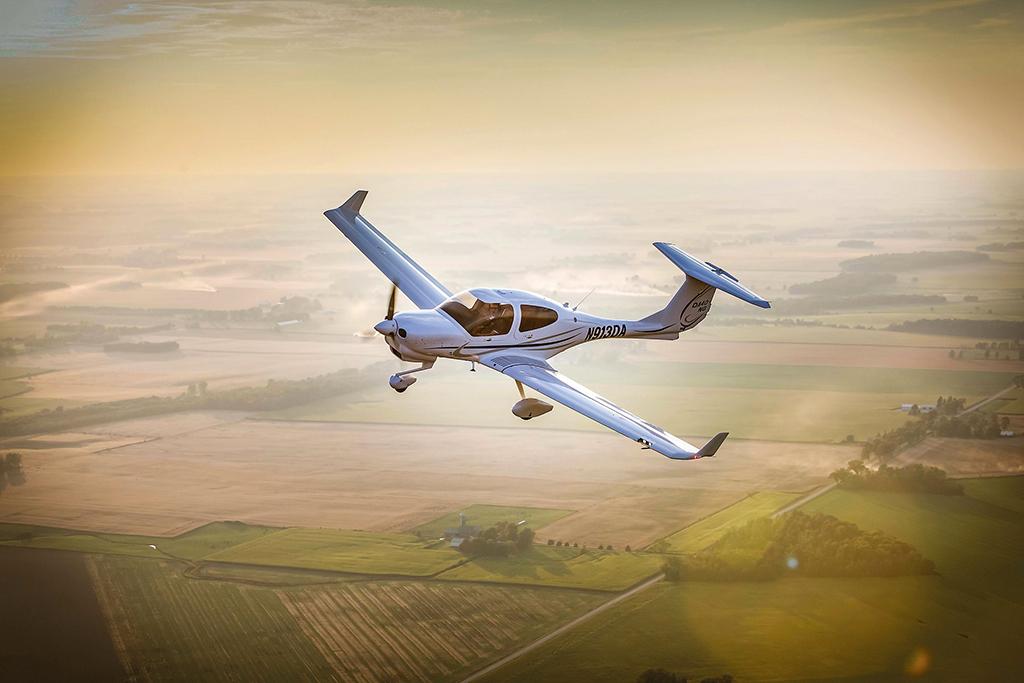
Diamond Aircraft Industries DA40-EP
Austria-based Diamond Aircraft Industries is developing a training system based around an electric-powered version of its DA40 four-seater, the DA40-EP. Available with fast-charge or swappable batteries, the aircraft will have an endurance of 1.5 hr. and is intended for pattern training.
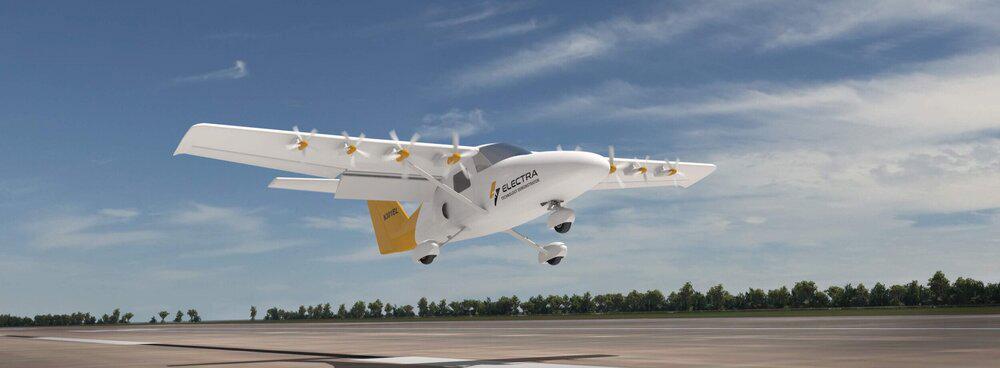
Electra.Aero
Startup Electra is developing electric short-takeoff-and-landing (eSTOL) aircraft for regional air mobility. The company plans to fly a 3,000-lb, Cessna 172-size demonstrator in 2021 to show the ability to take off and land in around 100 ft. by using distributed electric propulsion for powered lift.
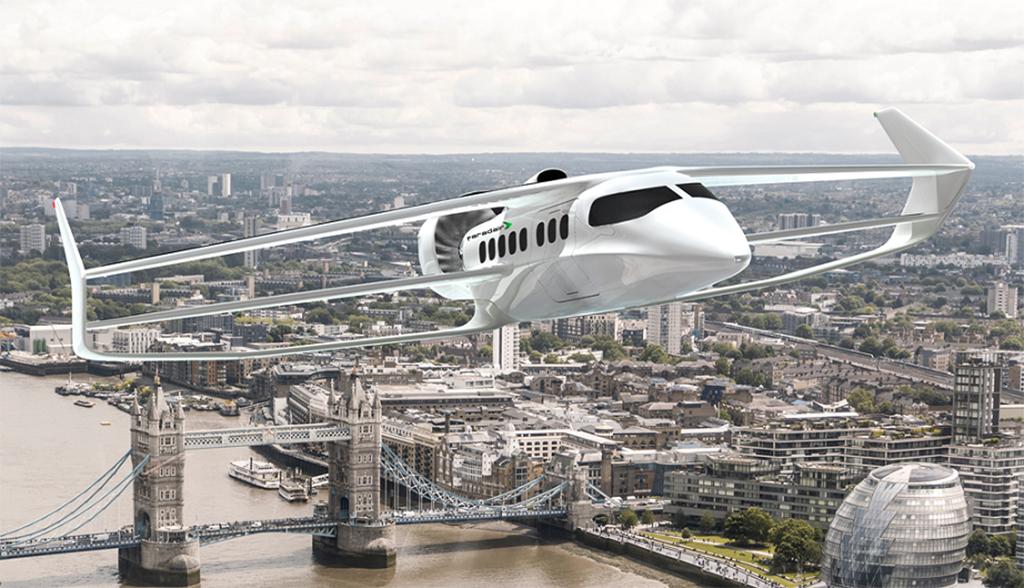
Faradair Aerospace
UK startup Faradair is developing the Bio Electric Hybrid Aircraft (BEHA), convertible between 18 passengers, three LD3 cargo containers or 5 metric tons of freight. First flight is planned for 2024. The company has partnered with Honeywell for the turbogenerator and MagniX for the twin electric motors.
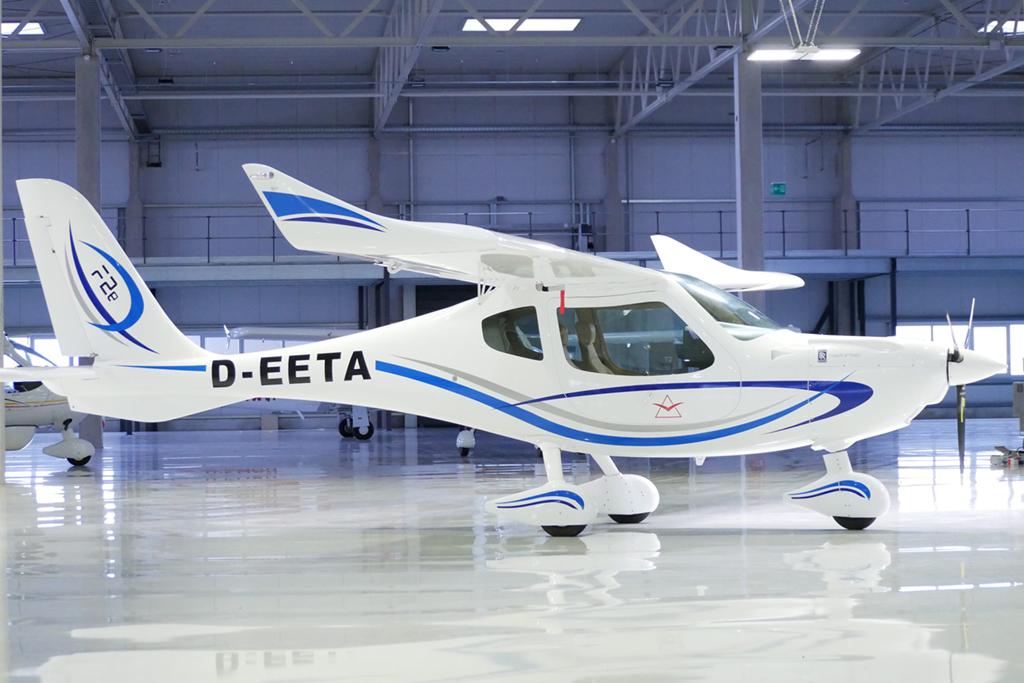
Flight Design F2E
Germany’s Flight Design aiming for European Union Aviation Safety Agency CS-23 certification of its F2E two-seat electric trainer in 2022. First flown in June 2019, the aircraft will have a 2-hr. flight endurance, plus reserves. A four-seat version is planned.
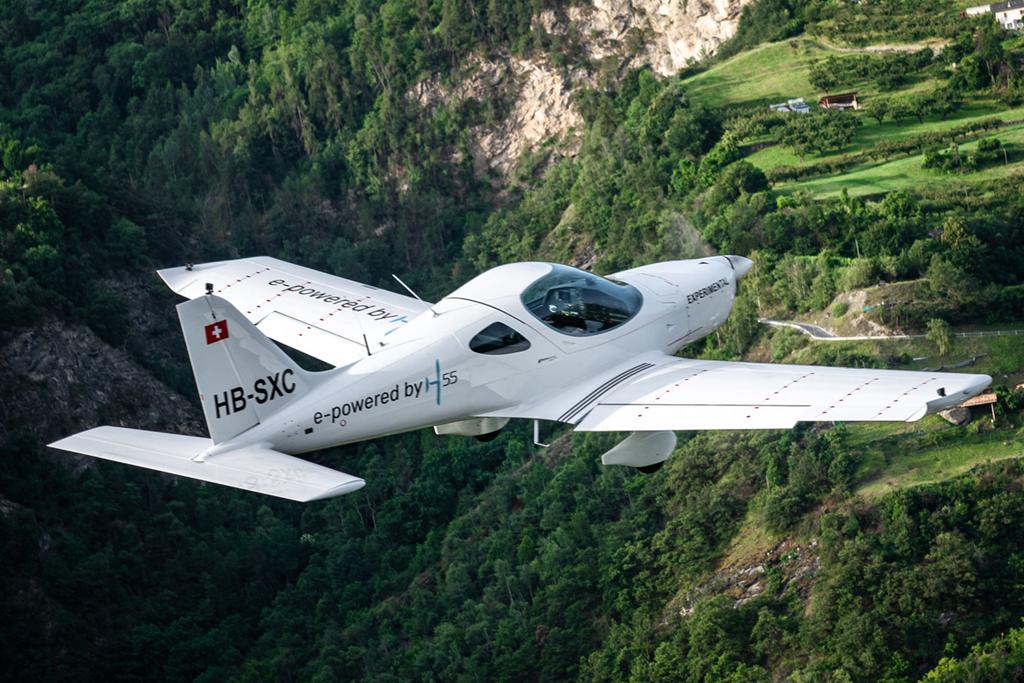
H55/BRM Aero Bristell Electric
Led by Solar Impulse cofounder Andre Borschberg, Swiss startup H55 is developing electric propulsion systems for general aviation aircraft. Its first application, now in flight test, is the Bristell Energic two-seat trainer from Czech light aircraft manufacturer BRM Aero. Certification is planned for 2022.
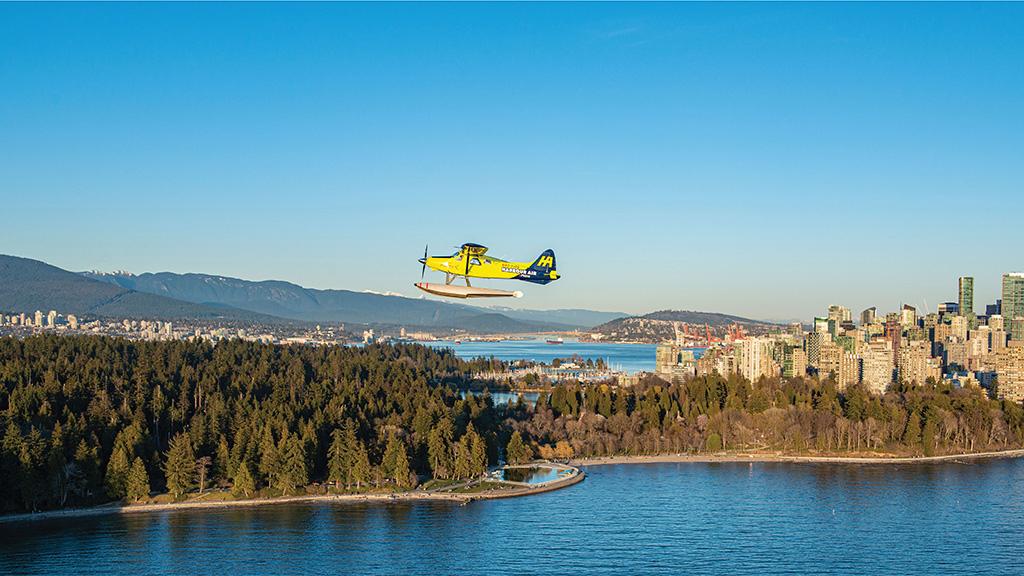
Harbour Air/MagniX/H55 eBeaver
British Columbia seaplane operator Harbour Air has partnered with MagniX and H55 to obtain supplemental type certification of an electric propulsion retrofit for the de Havilland Canada DHC-2 Beaver. The eBeaver first flew in December 2019 and certification is planned for 2022.
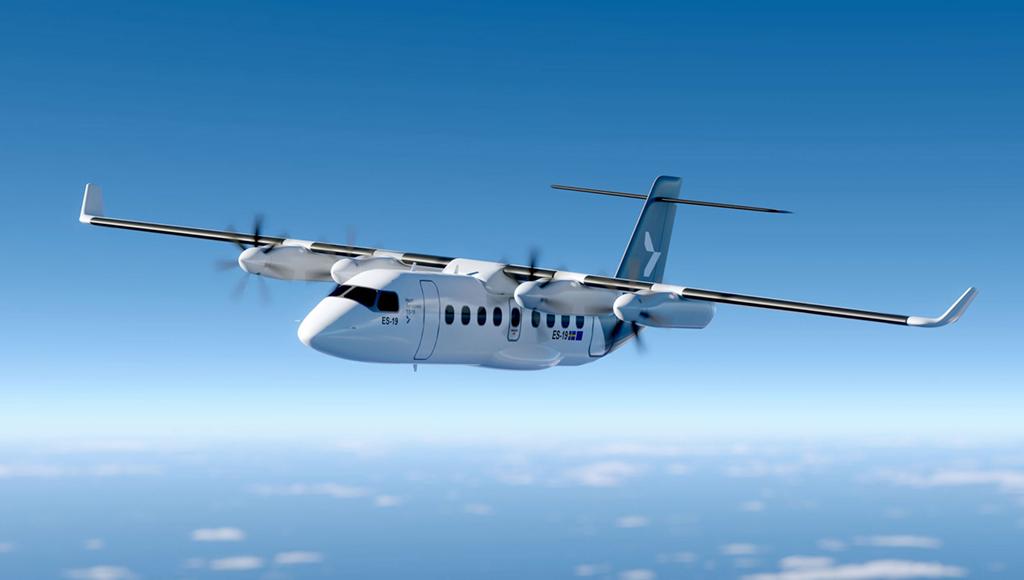
Heart Aerospace
Swedish startup Heart Aerospace is developing the ES-19, an all-electric 19-seat regional aircraft. With battery packs and electric motors housed in four underwing pods and a target range of 400 km (250 mi.), the ES-19 is planned for service entry in 2026.

MagniX/Sydney Seaplanes eCaravan
Electric propulsion developer MagniX is working with Sydney Seaplanes and Italian-Australian startup Dante Aeronautical to obtain supplemental type certification of the eCaravan, an electric retrofit for the Cessna 208 Caravan. A prototype of the eCaravan first flew in May 2020.
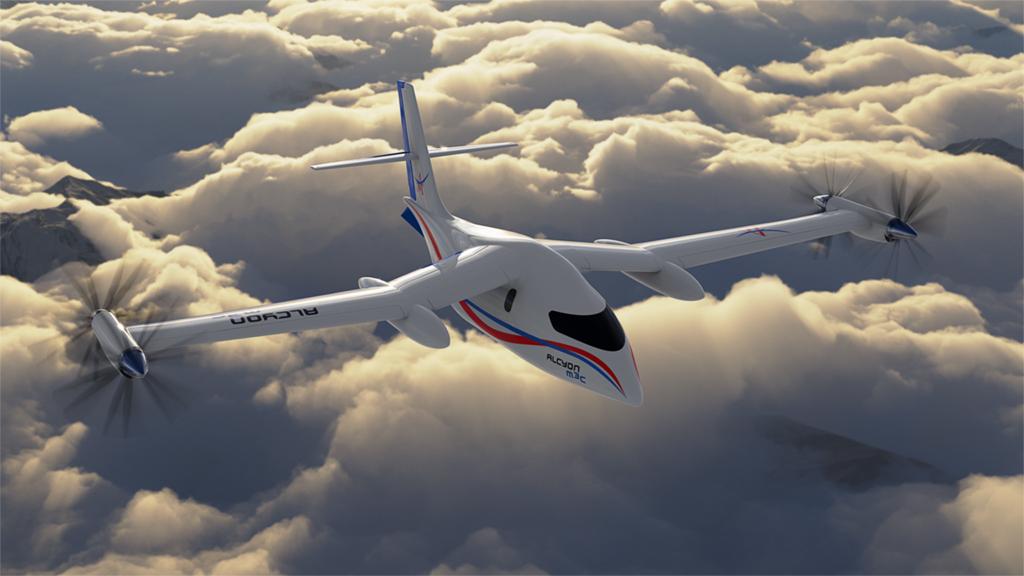
Avions Mauboussin
A startup named after a French aviation pioneer, Mauboussin is developing the Alerion M1h hybrid-electric light aircraft as a step toward a hydrogen-fueled six-seat regional aircraft, the Alcyon M3c. First flight of the tandem two-seat Alerion is planned for 2022.

Pipistrel Velis Electro
Slovenian pioneer Pipistrel achieved the first type certification of an electric aircraft, the Velis Electro two-seat trainer, in June 2020. The company is developing a range of electric passenger and cargo aircraft and hopes to develop a hydrogen fuel-cell-powered 19-seater, the Miniliner, by 2028.

VoltAero Cassio
Led by former Airbus CTO Jean Botti, French startup VoltAero is developing the Cassio family of hybrid-electric aircraft, with four to 10 seats. The company is flying the Cassio 1 propulsion testbed, a modified Cessna 337 Skymaster. Deliveries of the initial four-seat Cassio 330 are planned to begin in 2023.
The list keeps getting longer as more and more electric-powered aircraft development programs target the general aviation market. Ranging from two-seat trainers to 19-seat regional aircraft, here is a look at some of those programs.

Comments